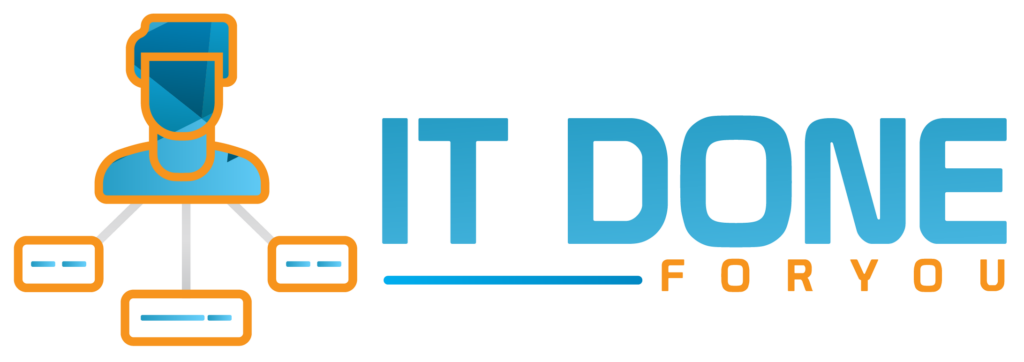Microsoft Active Directory (AD) is a complex system that is open to attacks–unless you have the right policies in place.
Companies have used Microsoft Active Directory (AD) since 1999. AD was first released with Windows 2000 Server and improved with Windows Server 2003. Active Directory stores information about domain members, their credentials, and access rights.
A poorly secured network can make Active Directory a prime target for attacks. Attackers can then find login credentials, gaining access to valuable resources.
As a result of existing AD security issues, experts have published tips for how to defend against AD server attacks. Attackers often learn these tactics and then work around them to plan assaults.
How Attackers Get In
How Attackers Get In
Invaders find their way into systems through various methods:
- Planting malware into spear-phishing emails
- Hiding code inside of drive-by downloads
- Taking advantage of vulnerabilities in Internet-facing systems
For instance, a user can download malware from targeted emails without realizing it. These emails look like they’re coming from known contacts. When a user then opens them, invaders enter your network, leaving an opening for attackers to steal sensitive information.


Another even faster way for attackers to get into your AD servers is by taking advantage of flaws in IT policies and misconfiguration. These flaws include:
- Having service accounts with incorrect privileges
- Systems with inadequate settings
- Giving standard users over-permissive rights
After attackers get domain admin credentials, they can find the information for every other domain user. With a few more steps, they can unlock:
- Databases
- Web servers
- Finance data
- Personal information
- And more
Issues in Defending AD
Issues in Defending AD
Because Active Directory can be complex, it’s important to realize attacks can be simple. Even simple attacks can bring down a company. Factors that can compromise AD include:
- Not knowing all domain controllers or domains in an organization
- A lack of knowing how many people have admin rights
- Misunderstanding of AD structure
- AD is owned by a department other than IT security
- People who leave a company without getting privileges revoked
In other words, little mistakes can cause major issues. As a result, it is vital to make sure credentials are removed as needed. It is also critical for admins to have training in Active Directory.


How Does Moving to the Cloud Impact AD Security?
How Does Moving to the Cloud Impact AD Security?
Moving to the cloud brings new impacts to AD security. Because of this change, it is vital to think about all the issues before moving to the cloud.
Currently, businesses are using Active Directory in three scenarios:
- Fully on-premises
- Systems and data are all on-site
- Hybrid
- Data moves between on-site and cloud servers
- Fully cloud-based
- All data is held in the cloud and not on-site
Some companies have moved to Azure Active Directory to help with on-site security risks. However, the effects of the new technology are still unknown. It is important to also note that moving to the cloud won’t solve existing issues. It’s also worth recognizing that many organizations believe their cloud provider can handle Azure Active Directory security, but this can be a huge mistake.
Also, attackers can gain access to hybrid AD systems by taking advantage of flaws on either side. Then they can move between on-premises and the cloud.
Above all else, whether you are using AD on-premises, in a hybrid configuration, or fully in the cloud, you must take the same precautions to keep your servers secure.
Best Practices
First, it’s important to know that the best policy with AD is to keep it simple.
It’s best to start by learning the total of each of these:
- Forests
- Domains
- Domain controllers
Keep these configs easy to manage by keeping up with changes. Doing so prevents possible issues. If numbers become bloated, it can take time to reconfigure everything the right way. Instead, it’s better to keep it simple.
Also, doing regular security assessments is essential. That way, you can spot minor issues before they become bigger problems.


Other best practices also include:
- Enforcing login restrictions
- Reducing privileged account exposure
- Conducting admin tasks from privileged workstations
- Using protected users security groups
- Using strong passwords with multi-factor authentication
- Referencing Microsoft’s Securing Privileged Access Documentation for guidance on creating and maintaining your AD system architecture
The bottom line is your people keep your systems protected. With that in mind, you want to encourage your security, infrastructure, and operations teams to work together. They can all help with keeping well-documented AD information.
In other words, the more proactive you are, the better your chances will be to avoid AD attacks.
Security Experts You Can Trust
ITDoneForYou offers the latest technologies to secure your AD server. Reach out to us to discuss the many ways we can protect your company’s online and offline systems.
Share This Story, Choose Your Platform!
Let’s have a 15-minute video call
We are now taking on new clients.




